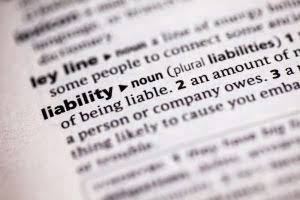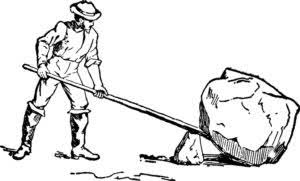
Conversely, the cost of the t-shirts themselves would not be considered overhead because it’s directly linked to your product (and obviously changes based on the volume of products you create and sell). Fixed costs are predetermined overhead rate formula those that remain the same even when production or sales volume changes. So if your business is selling more products, you’ll still be paying the same amount in rent.
- The business is labor-intensive, and the total hours for the period are estimated to be 10,000.
- Running a business requires a variety of expenses to create your product or service, but not all of them will directly contribute to generating revenue.
- The cost of your office rent would be considered overhead because it’s something you have to pay regardless of how many t-shirts you sell.
- Indirect labor are costs for employees who aren’t directly related to production.
- Let’s assume a company has overhead expenses that total $20 million for the period.
Advantages of predetermined overhead rate formula
This option is best if you have some idea of your costs but don’t have exact numbers. A good rule of thumb is to ask yourself if the cost will be incurred regardless of how much product you’re making. Dinosaur Vinyl uses the expenses from the prior two years to estimate the overhead for the upcoming year to be $250,000, as shown in Figure 4.17. Our mission is to empower readers with the most factual and reliable financial information possible to help them make informed decisions for their individual needs.

Income Statement Under Absorption Costing? (All You Need to Know)
Anytime you can make the future less uncertain, you’ll be more successful in your business. Obotu has 2+years of professional experience in the business and finance sector. Her expertise lies in https://www.bookstime.com/ marketing, economics, finance, biology, and literature. She enjoys writing in these fields to educate and share her wealth of knowledge and experience. A financial professional will offer guidance based on the information provided and offer a no-obligation call to better understand your situation.
1 Calculate Predetermined Overhead and Total Cost under the Traditional Allocation Method
Suppose that X limited produces a product X and uses labor hours to assign the manufacturing overhead cost. https://x.com/BooksTimeInc The estimated manufacturing overhead was $155,000, and the estimated labor hours involved were 1,200 hours. Overhead costs are all the everyday business expenses that aren’t directly involved in creating your product or service. This can be expenses like rent and utilities, indirect materials like office cleaning supplies, and indirect labor costs like accounting and advertising. Running a business requires a variety of expenses to create your product or service, but not all of them will directly contribute to generating revenue.

Direct labor standard rate, machine hours standard rate, and direct labor hours standard rate are some methods of factory overhead absorption. Let’s assume a company has overhead expenses that total $20 million for the period. The company has direct labor expenses totaling $5 million for the same period. The equation for the overhead rate is overhead (or indirect) costs divided by direct costs or whatever you’re measuring.

Other overhead costs may include advertising, office supplies, legal fees, and insurance. You can also simplify overhead cost tracking through FreshBooks accounting software to provide real-time data on your business finances. Click here to sign up for your free trial today and discover how FreshBooks can support your small business growth.
- The best way to predict your overhead costs is to track these costs on a monthly basis.
- Whereas, the activity base used for the predetermined overhead rate calculation is usually machine hours, direct labor hours, or direct labor costs.
- In more complicated cases, a combination of several cost drivers may be used to approximate overhead costs.
- In these situations, a direct cost (labor) has been replaced by an overhead cost (e.g., depreciation on equipment).
- She enjoys writing in these fields to educate and share her wealth of knowledge and experience.
To Estimate the Total Manufacturing Costs

The overhead rate or the overhead percentage is the amount your business spends on making a product or providing services to its customers. To calculate the overhead rate, divide the indirect costs by the direct costs and multiply by 100. Make a comprehensive list of indirect business expenses, including items like rent, taxes, utilities, office equipment, factory maintenance, etc. Direct expenses related to producing goods and services, such as labor and raw materials, are not included in overhead costs. In this article, we will cover how to calculate the predetermined overhead rate.
What Are the Limitations of Predetermined Overhead Rates?
Nonetheless, it is still essential for businesses to reconcile the difference between the actual overhead and the estimated overhead at the end of their fiscal year. A predetermined overhead rate is an estimated amount of overhead costs that will be incurred during a set period of time. This rate is used to allocate or apply overhead costs to products or services. Enter the total manufacturing overhead cost and the estimated units of the allocation base for the period to determine the overhead rate. If the predetermined overhead rate calculated is nowhere close to being accurate, the decisions based on this rate will definitely be inaccurate, too.